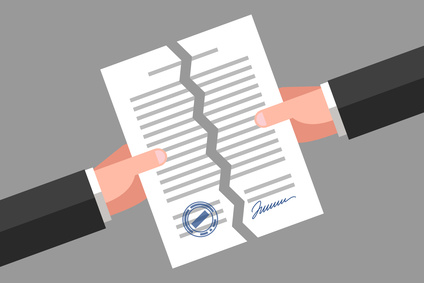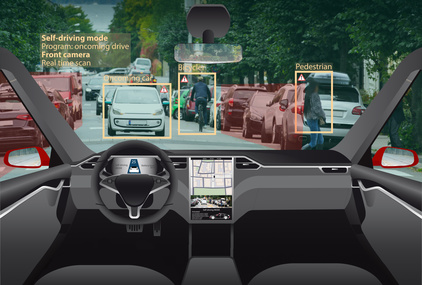
Electronic driver assist systems have steadily become a common feature found in many vehicles. A goal of semi-automated control is to try and protect drivers from dangerous circumstances that occur while on the road.
Although semi-automated is meant to increase the safety of drivers, the Insurance Institute for Highway Safety recently released a paper titled “Reality Check,” warning drivers that “cars and trucks with electronic driver assist systems may not see stopped vehicles and could even steer you into a crash if you’re not paying attention.” The warning was issued in August 2018 after five systems from Tesla, Mercedes, BMW, and Volvo were tested on a track and public roads. When testing the system with the adaptive cruise control turned off but automatic braking on, the institute discovered that the system in two Tesla vehicles, the Model S and Model 3, were among the most dangerous, being the only two models that failed to stop in time when tested on a track. In contrast, while on the road, the institute found that every vehicle except for Tesla’s Model 3 failed to respond in time to stopped vehicles in front of them.
The institute’s chief research officer, David Zuby, stated that while the systems do increase safety, the tests show that they are not 100 percent reliable and drivers must always pay attention to the road, even if they have electronic driver assist systems to aid them. Zuby went on to say that although the scenarios showing ways in which the systems are flawed are often covered in the vehicles’ owner manuals, most drivers do not read the owner’s manual in detail and are therefore unfamiliar with the necessary precautions they should take.
Despite systems having names such as Tesla’s “Autopilot” or Volvo’s “Pilot Assist,” drivers must remember that the vehicles are not actually self-driving. The systems are there to help aid drivers with steering or speed control.
When on the road, you should always stay focused and be aware of your surroundings. As the article made clear, there are still limits to the technology of these electronic driver assist systems and with some drivers’ tendency to misuse them, you can never be too cautious when it comes to your safety and the safety of others.




